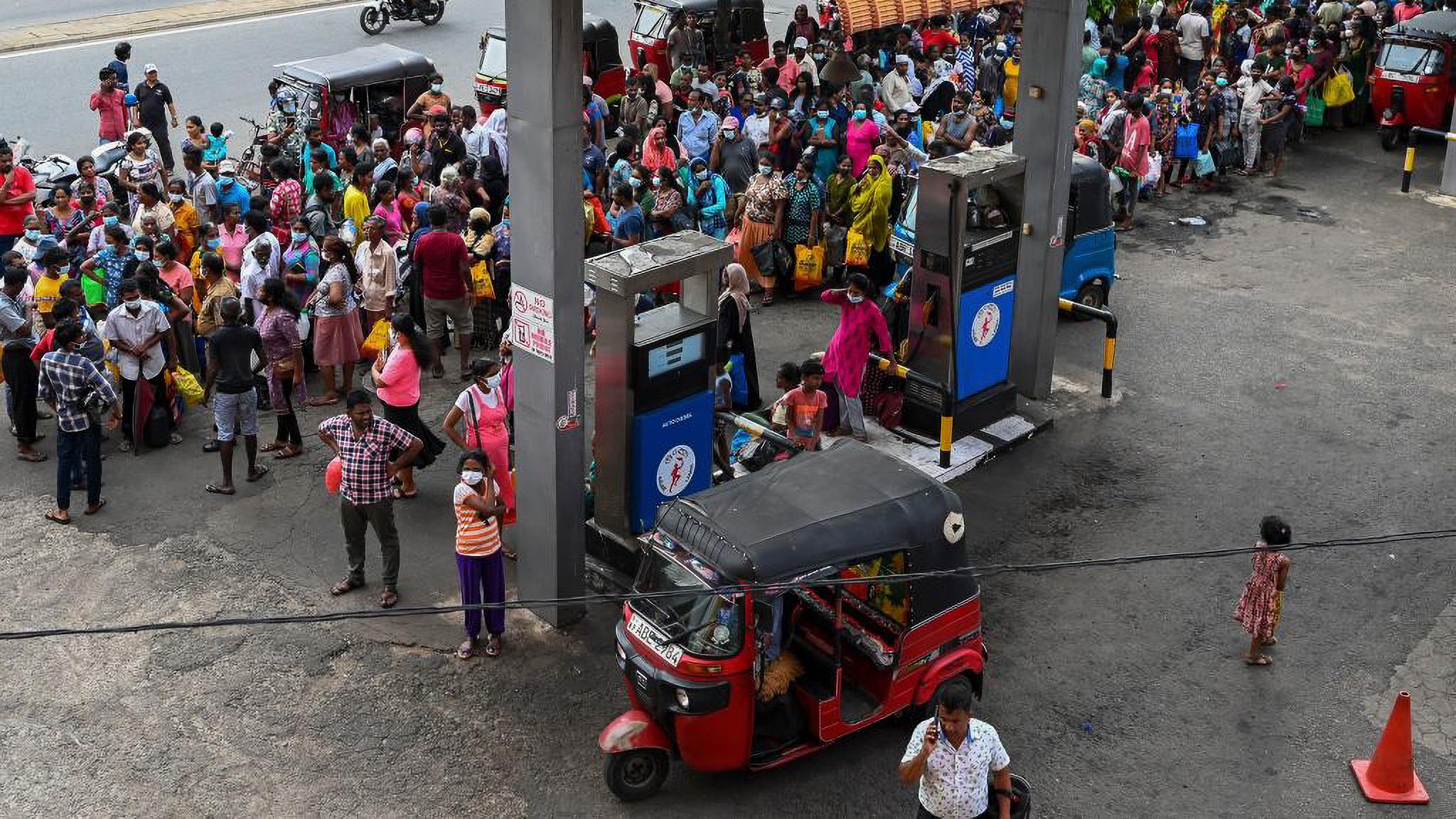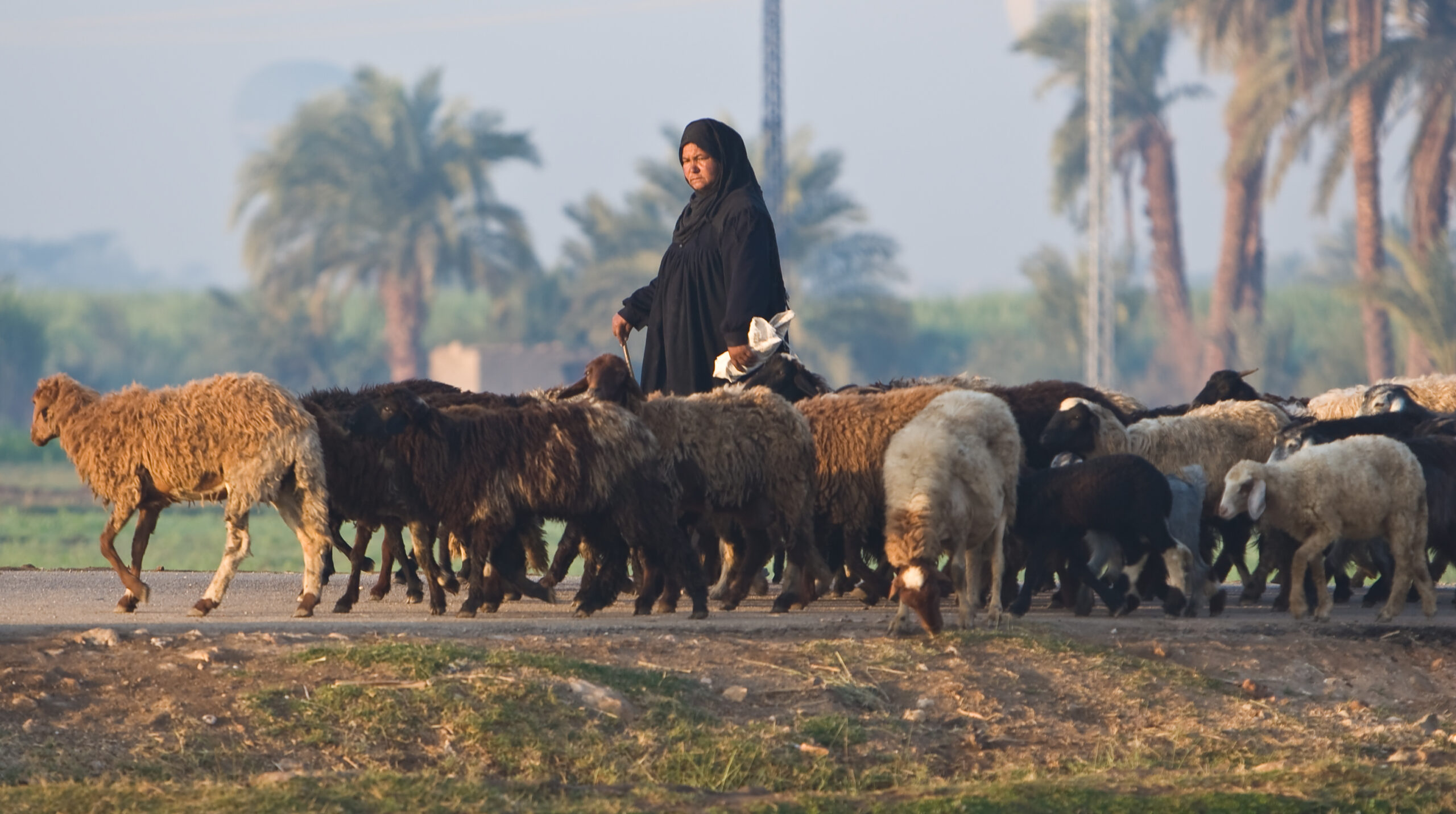The latest data collection and analysis from Africa south of the Sahara (SSA) by the IFPRI-led Agricultural Science and Technology Indicators (ASTI) exposes a persistent problem and a drag on sustainable development efforts: Growth in research spending is lower than for other kinds of agricultural investment.
Why is this happening, and can anything be done to reverse this imbalance?
Under the 2003 Comprehensive Africa Agriculture Development Programme (CAADP), countries committed to spend at least 10 percent of their budgets on agriculture, with the goal of achieving 6 percent annual growth in their agricultural sectors. In 2014 in Malabo, Equatorial Guinea, heads of state reaffirmed their support and confirmed that additional investment was needed to meet this target.
The good news is that substantial progress has been made towards these goals.
After a long period of neglect, SSA governments on average more than doubled their investments in inflation-adjusted terms during 2000-2014. Many SSA countries ramped up investments in areas such as farm support and subsidies, training, irrigation, and extension. However, growth in agricultural research investments fell behind.
There is well-documented evidence that agricultural research investments in SSA offer high returns compared with investments in other agricultural inputs. So why aren’t African countries investing more in an area that would both benefit their economies, and help them reach their CAADP growth targets?
There are four main reasons, as outlined in ASTI’s regional synthesis report for SSA.
- Lag time. The returns to investment in agricultural research are substantial, but are realized in the longer-term. Policy makers have more incentive to steer investments towards areas where they can show constituents results within the time frame of their terms of office.
- Farmers lack political clout. Though they are the main beneficiaries of agricultural research, farmers are not in an ideal situation to advocate for increased spending. Although smallholder farmers constitute a significant share of Africa’s population, they are widely dispersed. Many also lack the social, economic, and educational resources to engage in collective action to effect policy change.
- Donors rank other goals higher. Since the 1990s, donor priorities have focused on structural adjustment reform and privatizing public activities, which diverted funding from agricultural research.
- Government research budgets focus on the short-term. A country’s budget process itself can be a barrier to the funding of agricultural research agencies. Rather than determining budgets based on a thorough assessment of a country’s long-term research needs, governments often allocate funds on a fixed, incremental schedule.
So what can be done? Raising awareness of these political roadblocks is the first step. Another task for policy makers and research agency leaders is to diversify their funding sources, to avoid over-reliance on donors. Some research agencies, for example, have been able to raise funds from the sale of goods and services, taxes on commodities, or private sector investment. These sources will differ by country, but the importance of including research in the agricultural investment mix holds true for all countries in SSA, especially as they strive to reduce poverty and hunger through their CAADP investment commitments.
Marcia MacNeil is an ASTI Communications Specialist. This post first appeared on the ASTI blog. For more findings and analysis of research investments in SSA, see the full report.







